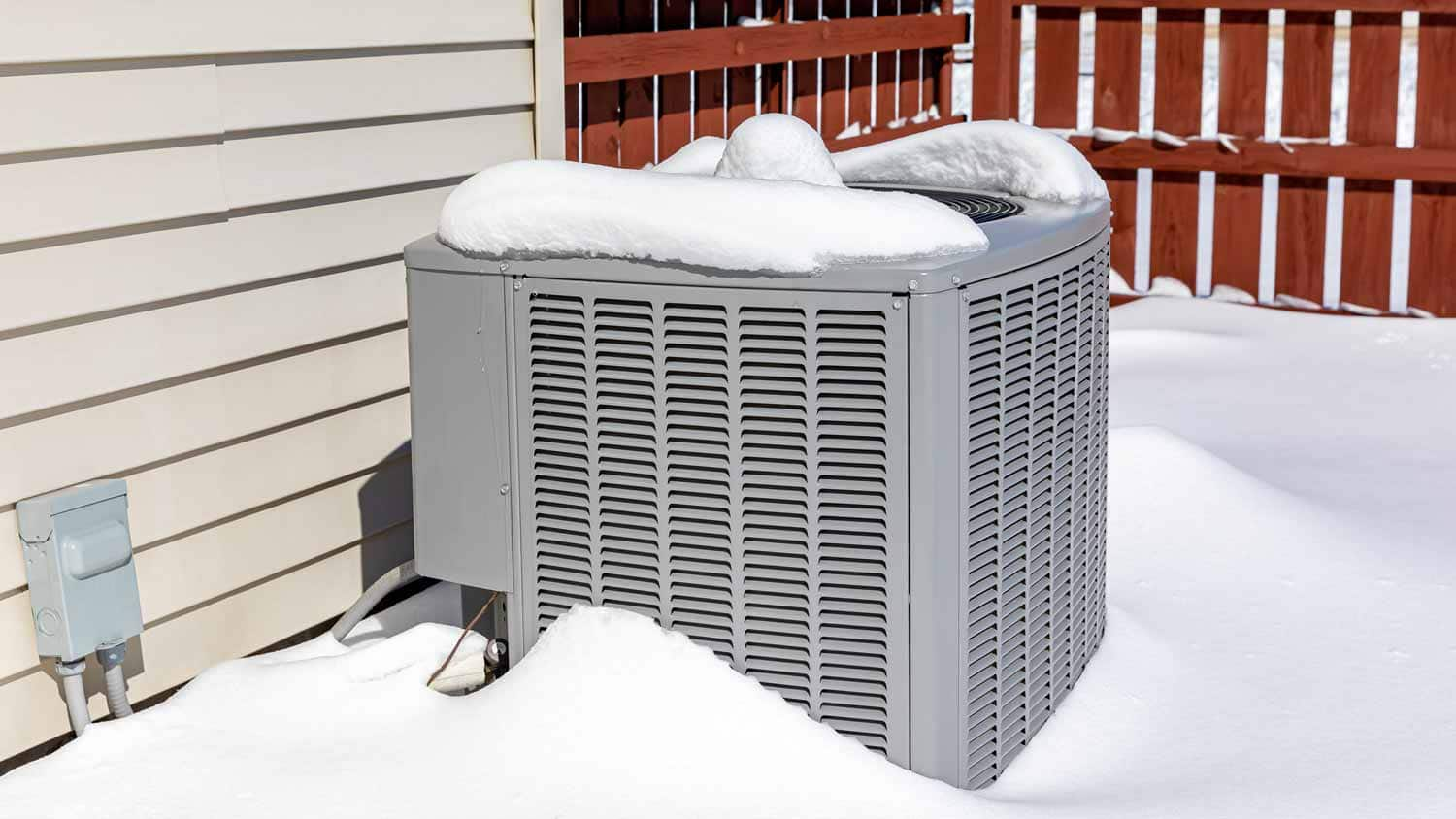Managing a Frozen AC Pipe: Comprehensive Guide
Managing a Frozen AC Pipe: Comprehensive Guide
Blog Article
Listed here in the next paragraph you might get a good deal of good quality material involving Why Is Ice On My Outside Air Conditione.

Introduction
Uncovering that your a/c pipe is frozen can be concerning, specifically during warm summer months when you rely upon your air conditioning system the most. Recognizing what to do in such a situation is vital to avoid additional damages to your air conditioning system and ensure your convenience inside.
Understanding the Causes
Numerous factors can contribute to the freezing of an AC pipeline. Understanding these reasons can aid you address the problem successfully.
Lack of Airflow
One typical source of a frozen air conditioner pipeline is inadequate airflow. When the airflow over the evaporator coil is limited, it can create the coil to go down below freezing temperature, causing ice formation on the pipeline.
Low Refrigerant Levels
Insufficient cooling agent levels in your AC system can additionally lead to a frozen pipeline. Low cooling agent levels can trigger the pressure in the system to go down, resulting in the cold of wetness on the evaporator coil.
Winter Conditions
In chillier environments, freezing temperatures outside can add to the cold of air conditioning pipelines. If your AC unit is not effectively insulated or if there are leaks in the ductwork, chilly air can penetrate the system, creating the pipeline to ice up.
Dirty Air Filters
Dirty or stopped up air filters can limit air movement in your AC system, leading to different problems, including a frozen pipeline. It's important to change or clean your air filterings system regularly to guarantee appropriate airflow and stop ice build-up.
Indicators of a Frozen AC Pipe
Identifying the indications of a frozen air conditioning pipeline is crucial for timely action.
Lowered Airflow
If you notice a substantial decline in air flow from your vents, it can indicate an icy pipeline.
Ice Buildup on the Pipe
Visible ice accumulation on the cooling agent line or the evaporator coil is a clear sign of a frozen a/c pipeline.
Strange Sounds from the Unit
Unusual audios, such as hissing or gurgling, originating from your AC unit can signal that there's ice present on the pipe.
Immediate Actions to Take
When faced with a frozen AC pipe, it's necessary to act rapidly to prevent more damage to your cooling system.
Turning off the AC
The first step is to switch off your a/c unit to prevent the system from running and exacerbating the concern.
Checking for Blockages
Inspect the location around the indoor system for any obstructions that might be blocking air movement, such as furniture or curtains.
Defrosting the Pipe
You can make use of mild approaches like placing towels taken in warm water around the frozen pipe to aid thaw it slowly.
Preventive Measures
Taking safety nets can assist avoid future incidents of an icy a/c pipeline.
Regular Maintenance Checks
Arrange normal upkeep consult an expert HVAC service technician to make certain that your AC system is running efficiently.
Changing Air Filters
On a regular basis change or cleanse your air filters to prevent air movement constraints and keep ideal performance.
Protecting Exposed Pipes
If your air conditioner pipelines are revealed to cool temperature levels, think about insulating them to stop cold during winter months.
Looking For Professional Help
If DIY methods stop working to resolve the problem or if you're unclear about exactly how to proceed, it's finest to seek support from a certified HVAC technician.
When DIY Methods Fail
If your efforts to thaw the pipe or address various other issues are not successful, it's time to hire a specialist.
Importance of Hiring a Professional HVAC Technician
A qualified HVAC technician has the know-how and devices essential to diagnose and repair issues with your a/c system securely and efficiently.
Final thought
Taking care of a frozen AC pipeline can be an irritating experience, yet understanding how to respond can aid lessen damage and recover convenience to your home. By understanding the reasons, recognizing the indicators, and taking timely action, you can effectively attend to the problem and prevent future incidents.
Frozen AC Line: Why It Happens & What To Do About It
A frozen AC line can be a rather peculiar sight in a place like Phoenix, Arizona where nothing ever freezes. In this post, we’ll discuss what makes an air conditioner line frozen – and what you can do about it.
Dirty Air Filters
Did you know that you should be cleaning or replacing your air filters on a monthly basis? Failing to do this can result in airflow issues that, in turn, cause your evaporator coils and lines to freeze over. You’ll notice a buildup of ice on both components, although the buildup on your pipes will, of course, be more evident unless you open your air condition up to reveal the coils.
What To Do About It
Give your air filter a good cleaning if it’s reusable. If not, replace the filter outright. Next, switch your air conditioner’s fan setting on and leave it there for 2-3 hours. This will draw warm air in, helping to thaw your evaporator coil. You can also check out this article for some tips on cleaning the coils themselves if you’d like to speed the process up. Before you switch the unit back to its normal state, make sure the supply vents are completely unobstructed and free of dust or other debris.
If you keep having this issue even after replacing your filters regularly, contact a local HVAC repair company and have them inspect your evaporator coil, ductwork, and any other components that may be at fault. If you live in the Phoenix, Arizona area, give American Home Water and Air a call.
Low Refrigerant Levels/Leakage
What To Do About It
Contrary to what air conditioner “recharge” companies often tell their clients about refrigerant, it should never need to be simply refilled. You see, refrigerant runs in what experts refer to as a “closed loop.” Refrigerant really shouldn’t be leaving that loop. If it is, you’ve got a leak.
Paying someone to come and pump more refrigerant into your system (aka “recharge” it) isn’t the solution. Doing that will simply kick the can down the road. Besides, refrigerant leaks can be harmful to the environment and people in your home.
Rather, you need to take care of the leak with the help of a technician. Check out this article for some more information about dealing with air conditioners that are leaking refrigerant. Before you contact a technician, switch your thermostat to the off position. Then, switch the fan setting on and let it run for 2-3 hours so the unit can thaw.
Improper Temperature Setting
Improper temperature settings can also cause a drop in your air conditioner’s pressure. What many people don’t realize is that air conditioners are actually designed to run when temperatures have fallen above roughly 60 degrees Fahrenheit. If you run the unit when it’s cold outside, you’ll run into many issues, including frozen components.

I'm certainly very eager about Air Conditioner Frozen? How To Fix your Frozen AC Line and I'm hoping you enjoyed my blog posting. Do you know about anybody else who is very much interested in What Causes AC Pipes To Freeze?? Feel free to share it. Thank you so much for taking the time to read it.
Call Today Report this page